Farmers are protesting now: In contrast to 2020, steps have been taken to prevent the more than 200 farmer unions participating in the Delhi Chalo protest from reaching Delhi.
In 2024, farmers in Punjab, Haryana, and Uttar Pradesh will go on strike. On Tuesday, over 200 farmer unions will travel to Delhi following the failure of Monday night’s final round of discussions between farmer leaders and Union ministers.
Union minister Arjun Munda stated that the government has suggested forming a committee to handle the remaining matters after a compromise was achieved on the majority of the farmers’ concerns. Leaders of the farming community stated that the minimum support price was not clearly guaranteed by law.

The Haryana government has erected substantial fence around the state to ensure that protestors cannot enter Haryana from Punjab, even though the farmers’ Delhi Chalo march is scheduled to begin at 10 a.m. The goal of fortifying Delhi’s borders is to prevent a repeat of the farmers’ 2020–21 revolt.
Table of Contents
ToggleWhat distinguishes Farmers' Protest 2.0 from Farmers' Protest 2020 ?
The reason behind the farmers’ current protests is that in 2020, they protested against three regulations that were repealed in 2021 after a year of demonstrating on Delhi’s borders.
A legal guarantee to MSP for all crops, the use of the Swaminathan Commission’s formula, complete debt forgiveness for farmers, pensions for farmers and laborers, and the removal of lawsuits were all demanded by Delhi Chalo, which was announced in 2023.
Who is in charge of the demonstration?
Given the changes in the farmers’ union environment over the past few years, many unions are leading Farmers Protest 2.0.Delhi Chalo 2.0 has been launched by the Kisan Mazdoor Morcha and the Samyukt Kisan Morcha (Non-Political).
Factionalism was observed by the Bhartiya Kisan Union and Samyukt Kisan Morcha, which spearheaded the farmers’ protest in 2020.
Delhi Chalo 2.0 does not include Gurnam Singh Charuni or Rakesh Tikait.
The two well-known leaders of the 2020 farmers’ strike were Gurnam Singh Charuni and Rakesh Tikait. However, four years later, when the farmers hit the streets, they are nowhere to be seen. Currently leading the charge are Sarwan Singh Pandher, general secretary of Kisan Mazdoor Morcha (KMM), and Jagjit Singh Dallewal, head of the non-political SKM.
Blockades and heavy security prevent farmers from reaching Delhi
Farmers were allowed to enter the nation’s capital in 2020, but this time around the administration has implemented stringent preventative procedures. There are barbed wire, cement barricades, and nails on the roadways; all access to Delhi is restricted. Delhi has implemented Section 144. The government of Haryana closed its borders with Punjab.
Government’s response: This time, the negotiations began prior to the farmers’ Delhi Chalo march. On February 8, the Union ministers and farmer leaders met for the first time. The date of the second meeting was February 12.
There was no legal guarantee of MSP, but sources state that the government agreed to drop all proceedings against farmers filed during the 2020–21 protests against the now-repeated farm regulations.

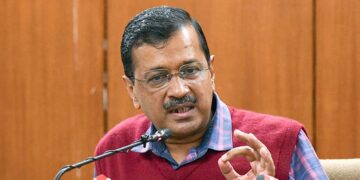
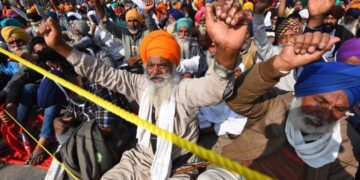
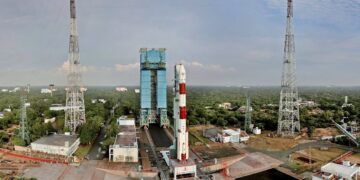

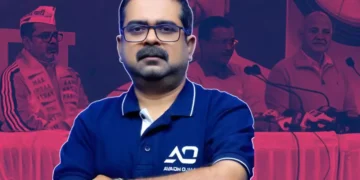
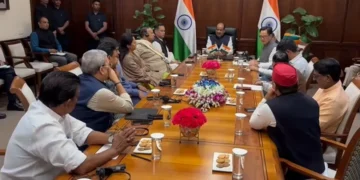
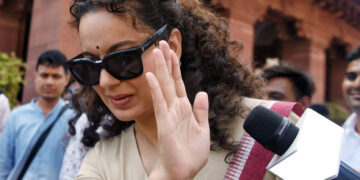
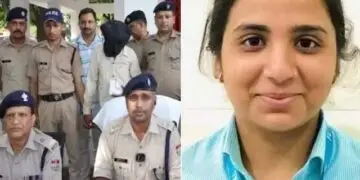
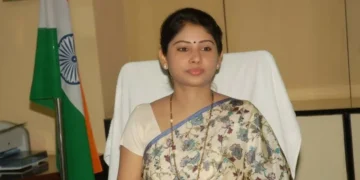
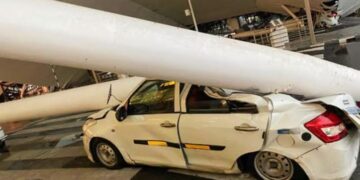




























http://go.sekubaiz.com/0m8r Huge selection!